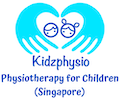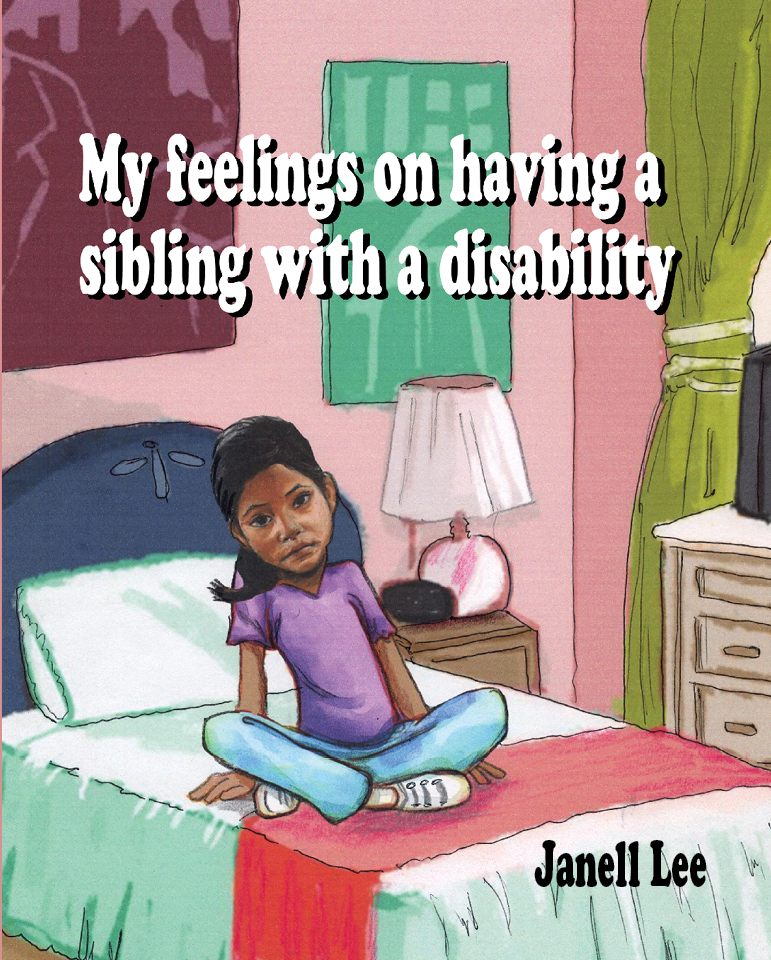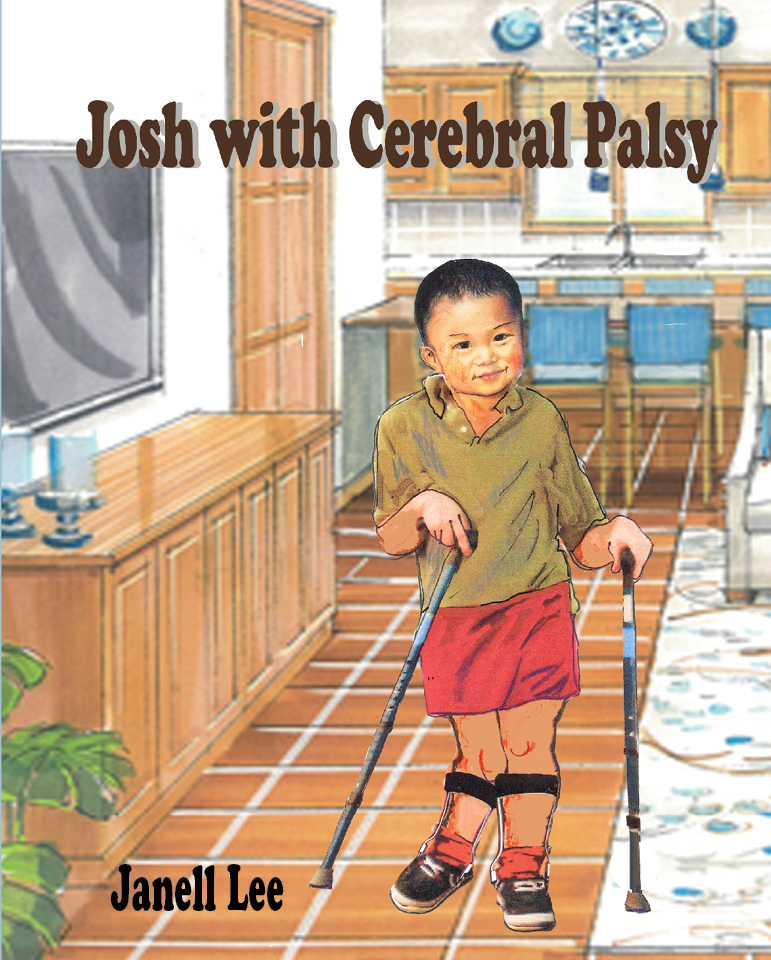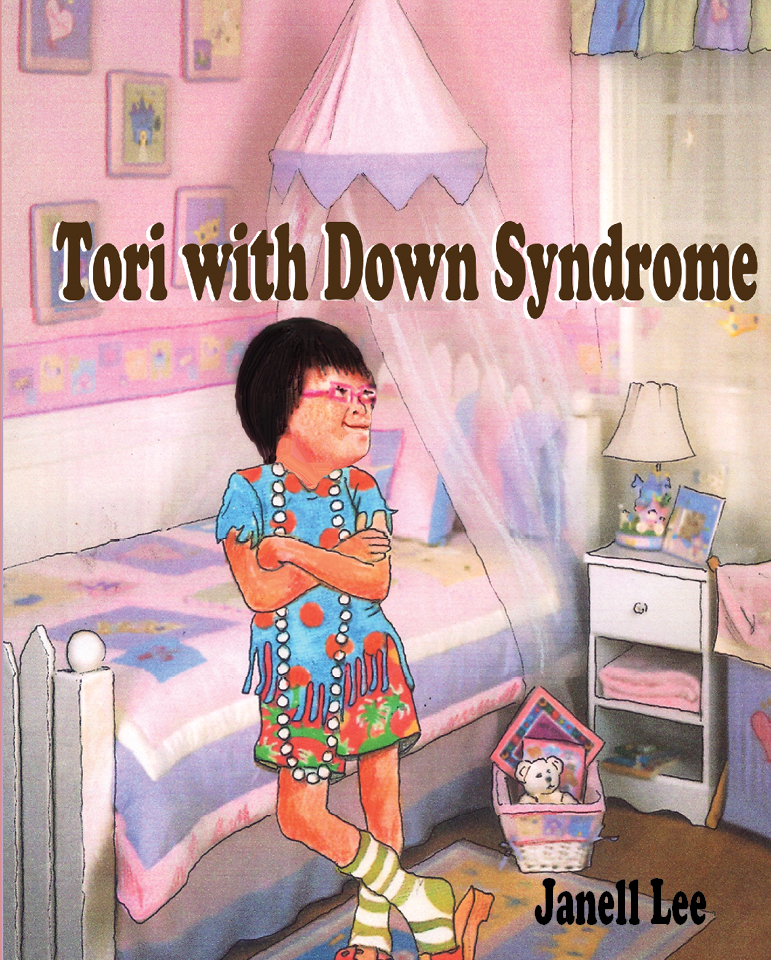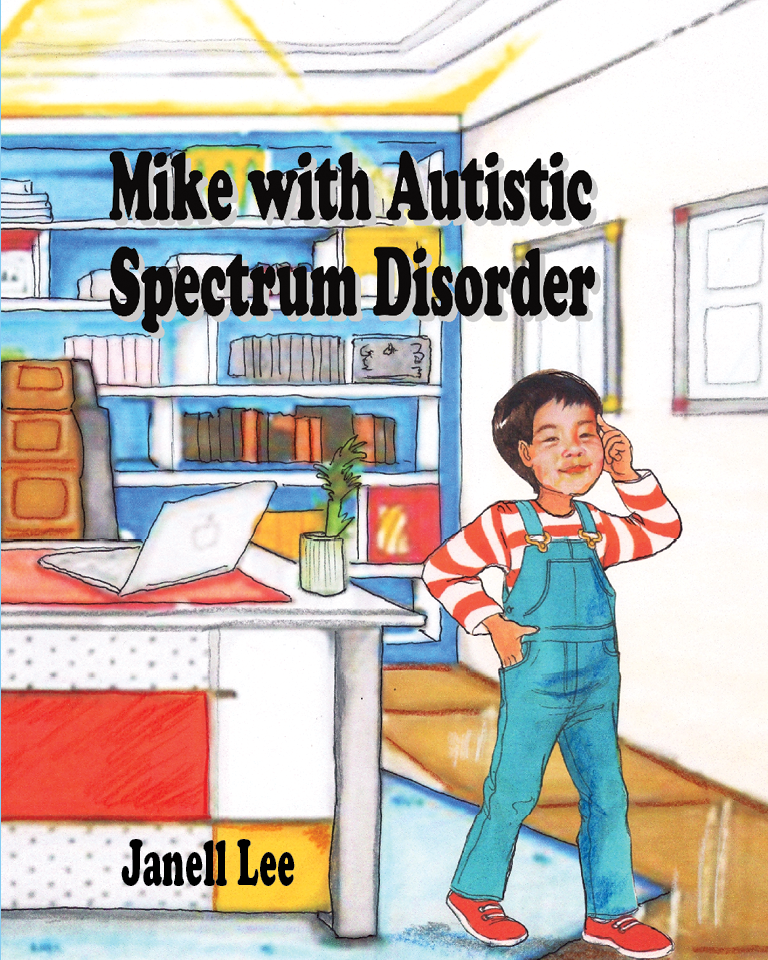Children picture books on disabilities
$7.00 – $30.00
Description
A series of 5 books: 4 picture books and a parent guide.You can buy single books, or as a set of 5 books.
Parent guide: ‘I need love too!’
Siblings of children with special needs often feel left out and neglected as their parents’ attention are usually focused on the care of their child with special needs. This is the parent guide that has notes on how parents can deal with sibling rivalry between their child with special needs and their other children. There is also an extensive glossary that explains medical terms and conditions mentioned in the picture books.
This book is strongly recommended to be used in conjunction with the picture books in this series.
Picture book 1: ‘My Feelings On Having A Sibling With A Disability’
This is told from the perspective of a young child who has a sibling with special needs and is feeling neglected by her parents. This book is useful for any young child who has difficulty expressing his/her feelings about having to live with a sibling with special needs.
Picture book 2: ‘Josh With Cerebral Palsy’
This book is from a child’s perspective of growing up with a twin with cerebral palsy. This book is useful for children to learn more about what cerebral palsy is and about the equipment and medical procedures that children with cerebral palsy commonly encounter.
Picture book 3: ‘Tori With Down Syndrome’
This story is told from the perspective of a young child who has an older sibling with Down Syndrome. This book is useful for children to know more about what Down Syndrome is and also the medical problems that children with Down Syndrome usually face and the therapies that a child with Down Syndrome might need from a very young age.
Picture book 4: ‘Mike with Autistic Spectrum Disorder’
This book is told from the perspective of a child who has a younger sibling with autism. This book is useful for children to be made aware of some of the unusual behaviours that children with autism typically display.
